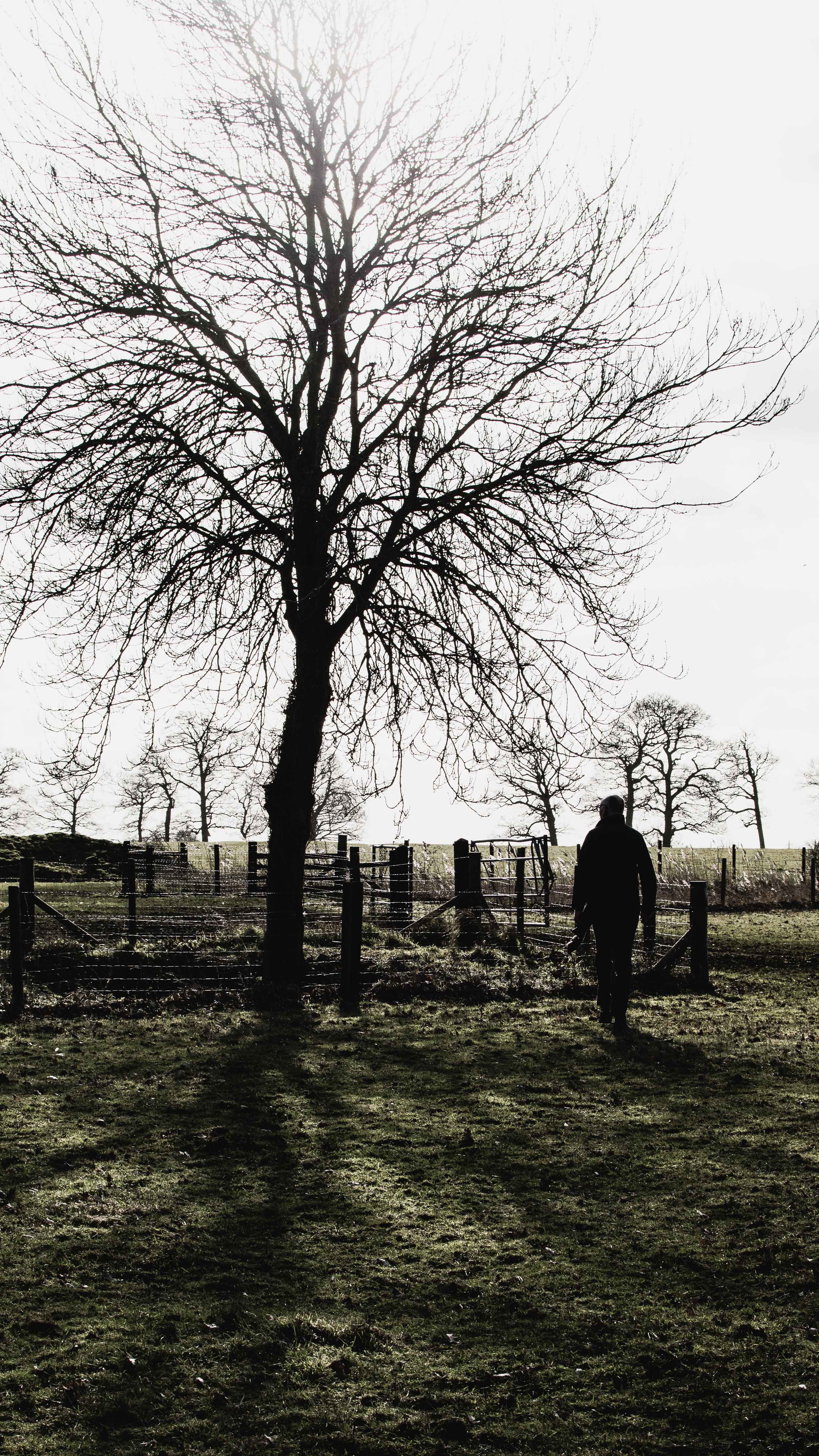winter walk....jottings from my journal
The sun was beckoning, and so, on the spur of the moment, we got in the car and drove the 3 or 4 miles up the road for a walk around the village of Thorney. Parking on a grass verge, we opened the gate into the first field.
Unusually for the fens, there were sheep; we are more used to seeing acres of wheat, sugar beet, potatoes and carrots in this part of the world, rather than livestock, especially the woolly kind.
The sheep looked up from feeding on their bale of hay, eyes fixed on us with an unwavering gaze: staring, some might say rudely in our direction. Had they been children, undoubtedly, they would have been admonished with a whispered "It's rude to stare", but these were sheep and after a few minutes, deciding that we were no threat, they turned away and resumed eating.
We walked the length of the field and out onto a rough track, then turned across another field to the right.The wind was fierce and biting, as is often the case in the flat fens; it burned our cheeks and, as we talked, stole the words from our mouths, blowing them with reckless haste across the field. We trudged along the edge of a narrow lode* and with relief, turned a corner at the bottom of a field where some trees made a welcome windbreak.
Grey clouds scudded across the pale sky; along the near horizon trees formed silhouettes, their bare winter bones exposed.
Coming at last to another large field, we could see no way out, except for a small gate in the far corner.
The gate was unlocked but appeared to lead alongside a garden. In slight desperation, we opened it and walked, somewhat nervously along the short path, which led, to our relief, between two large old buildings and out onto the road opposite the abbey church.
The abbey was once part of a thriving Benedictine monastery, established in 972, but after the Dissolution, many of the buildings and part of the abbey itself disappeared, some of the stone being used to build certain of the colleges in nearby Cambridge.
Now only the nave remains and is in use as the church of St Mary and St Botolph.
Thorney stands just 15 feet above sea level, and before the drainage of the Fens, would have been an isolated settlement surrounded by marshes.
In the 1630s, it was the Duke of Bedford, at the request King Charles 1, who began the drainage of the Fens; a task finished by Cornelius Vermuyden, a dutch engineer experienced in such matters
.
.
Large channels were cut and rivers straightened so that water could be pumped off the land (firstly by wind and then by steam powered pumps) and directed out into the sea.
The prize for this difficult task, was some of the most fertile and productive land in the whole of England.
We finished our walk with a stroll around the churchyard.
The old tombstones bore witness to lives and stories of people, long gone.
The weathered stones, leaning drunkenly towards each, other weaving a thread back though the centuries, now carpeted by a mass of beautiful snowdrops.
A sign that Spring was not far away.
*lode: a man-made channel to assist with drainage of the surrounding land.









Comments
Post a Comment